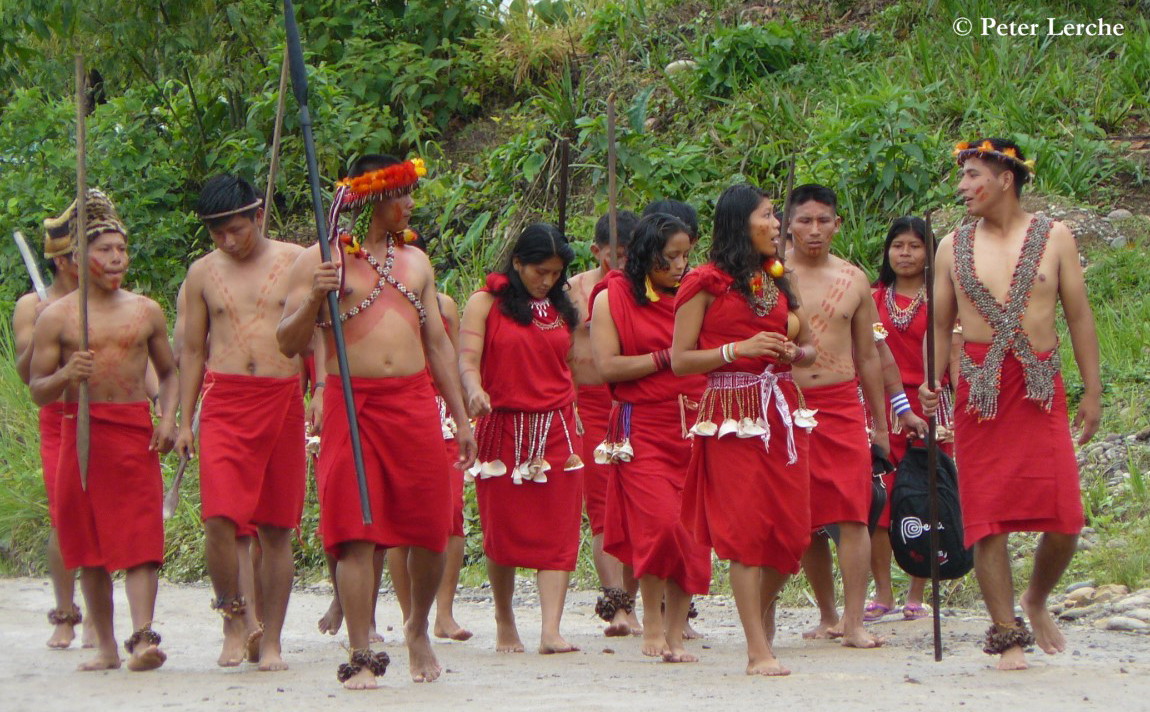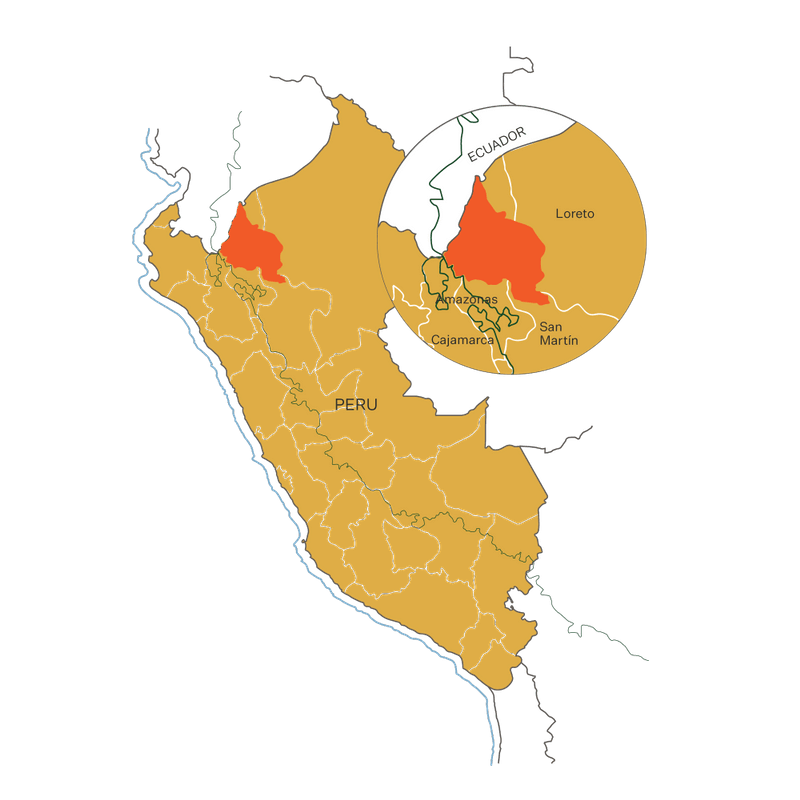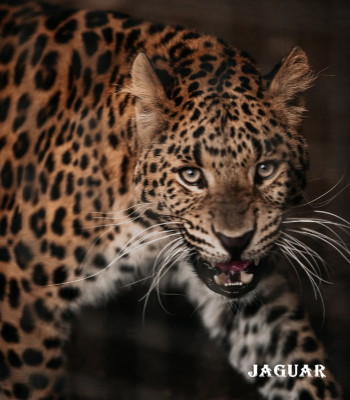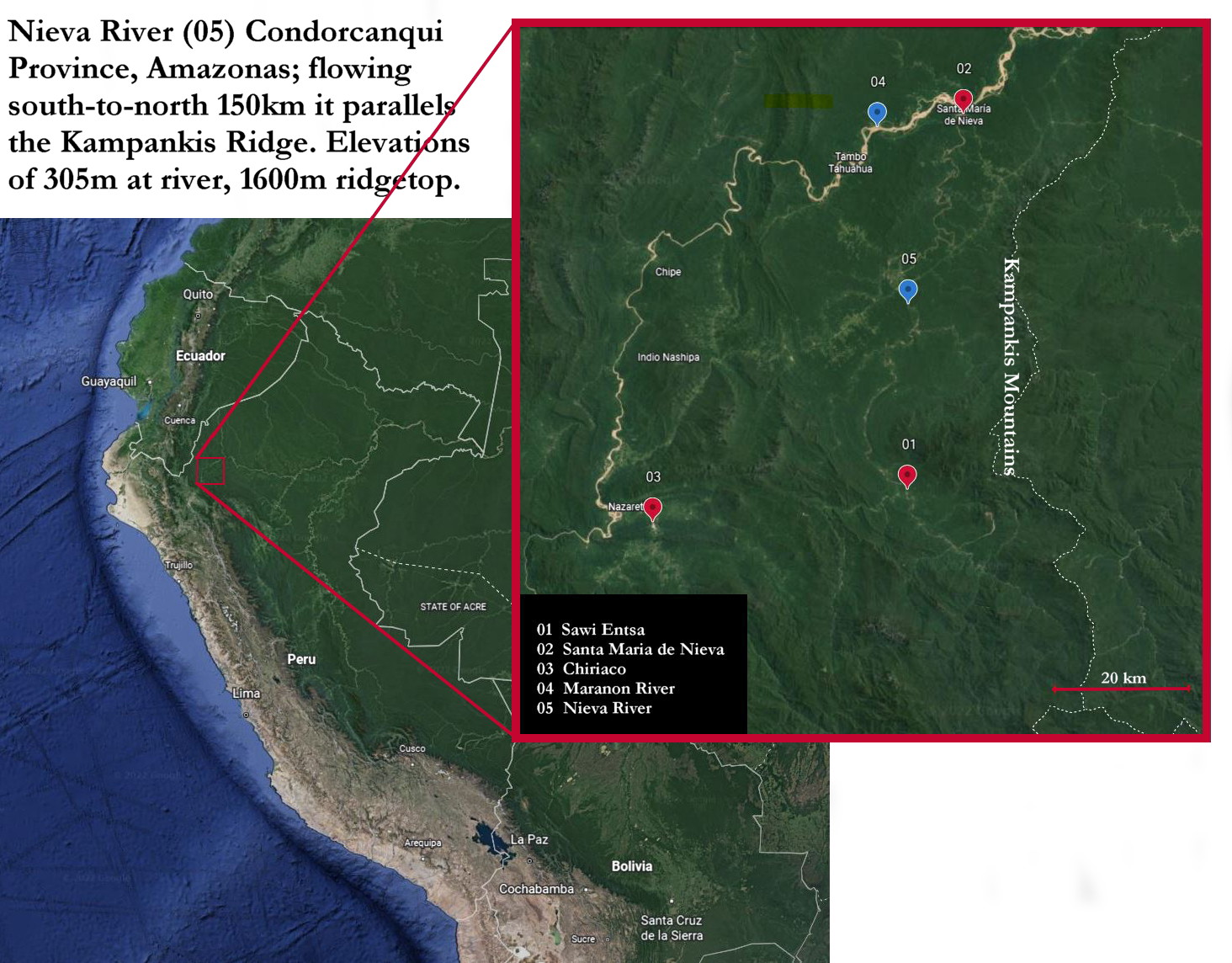Kampankis Wildlife Project
The rainforest of Amazonas, Peru, spans over 26,000 square kilometers of unexplored high jungle mountains, white-water river canyons, and pristine lowland primary forest – home to the indigenous Awajún people and countless rare, endangered and unknown wildlife.
Prepare to embark on a remarkable journey as we introduce you to our extraordinary project that delves into the hidden treasures of the Amazonas rainforest.

Through Dr. Peter Lerche’s close collaboration with the Awajún, Dr. Lerche became privy to information Awajún hunters would rarely, if ever share with outsiders including their knowledge of animals unknown to the outside world.
The Awajún, who live in and hunt these forests today just as they have for generations, are elite wildlife trackers. Among their reports; the existence of a lake in an isolated ecosystem located in the highest mountain elevations populated with fish unlike any such in the Amazonas rivers.
And, the existence of an animal known to the Awajún as a “Fierce Beast” – an awe-inspiring creature that inhabits the upper mountain elevations.
Due to Dr. Lerche’s strong relationships with Awajún leaders, ACIPeru has been granted special access to previously off-limits regions of Awajún ancestral land.
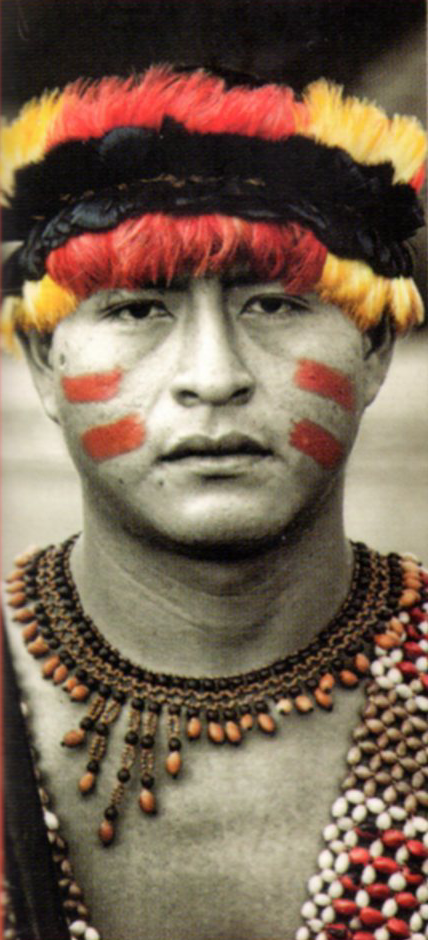
© Marco Schenone

